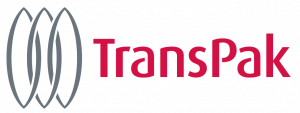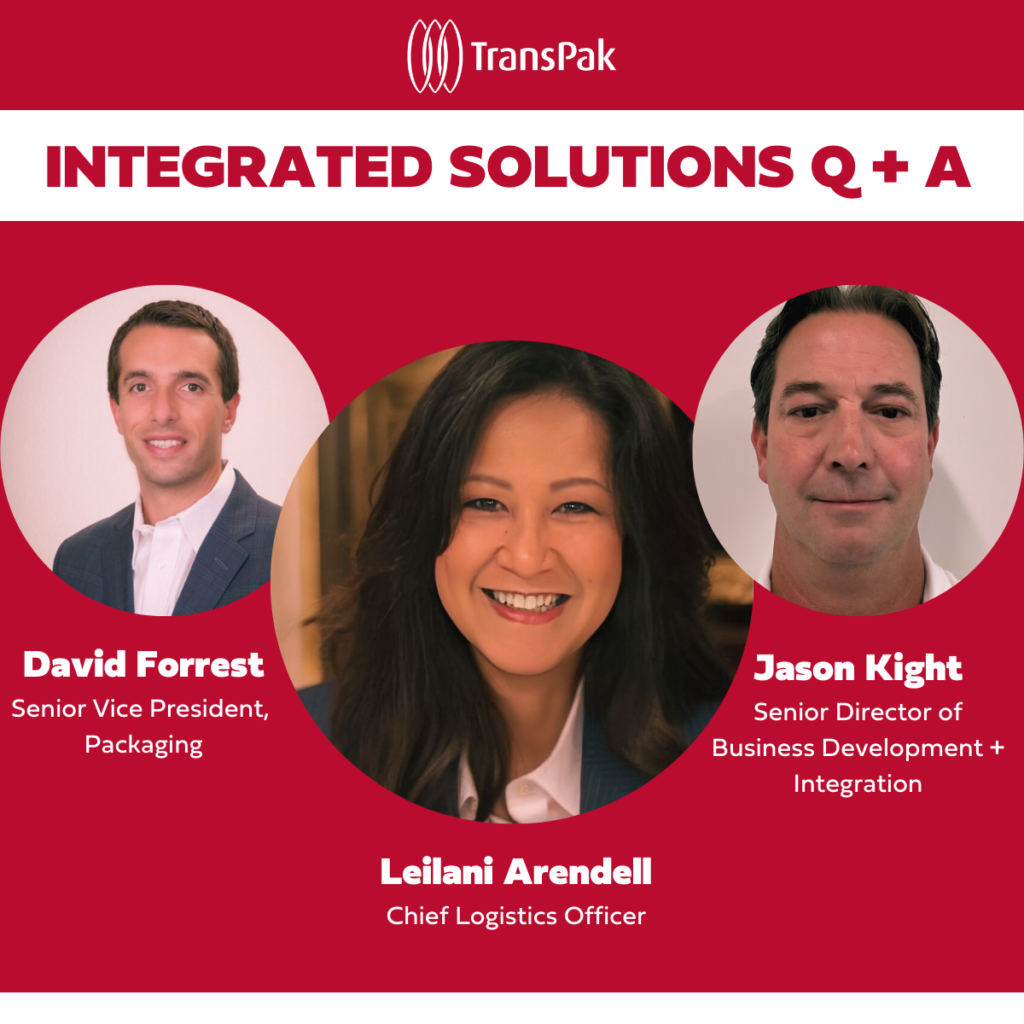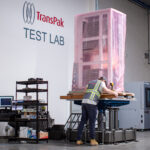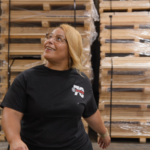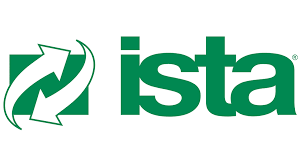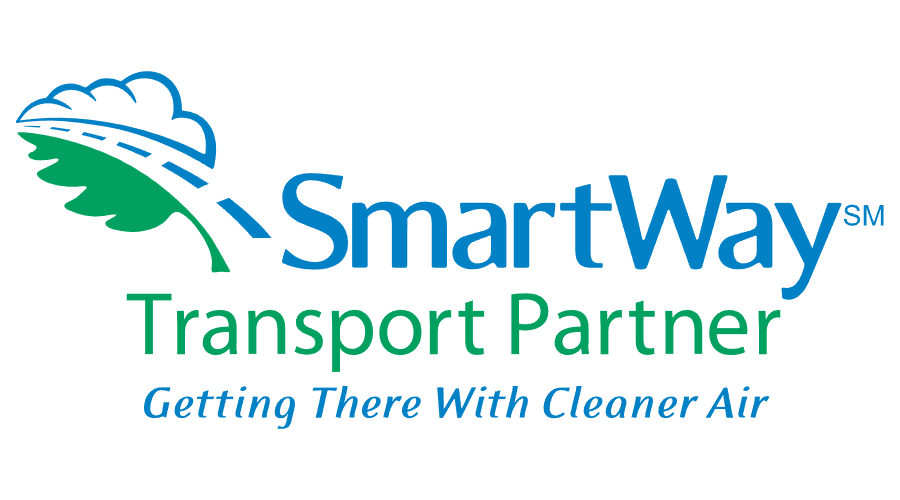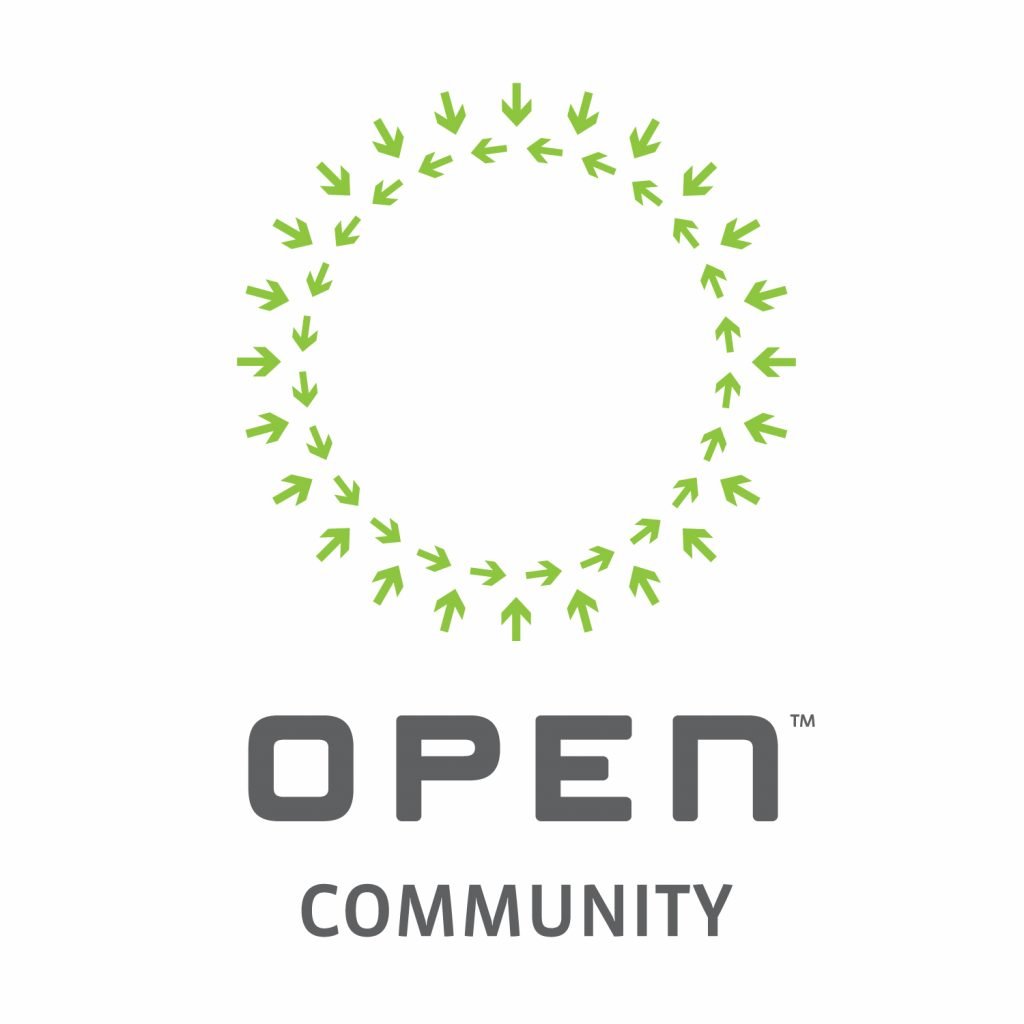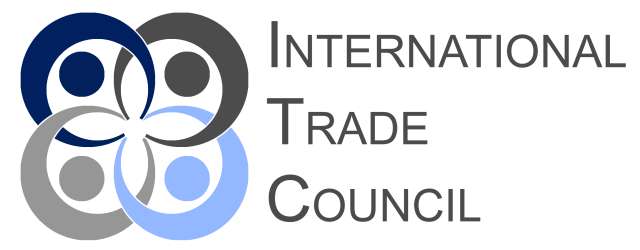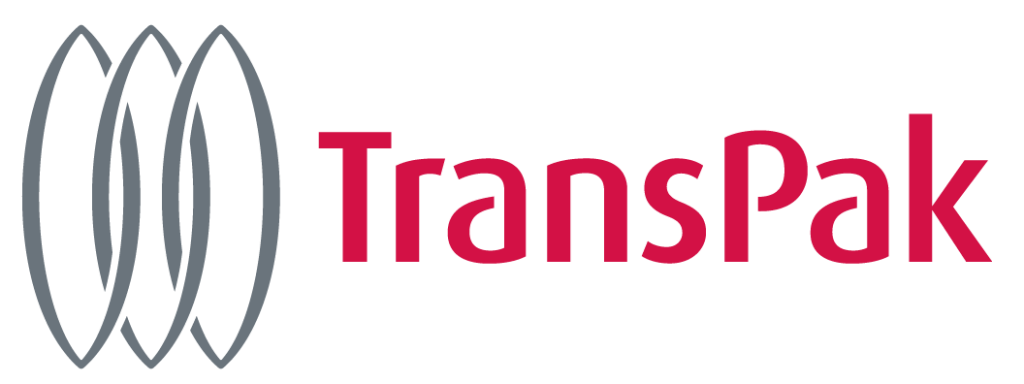Expert Insights from Leilani Arendell, David Forrest, and Jason Kight
TransPak combines expertise from multiple business lines—packaging, crating, and logistics—to deliver comprehensive and integrated solutions for customers. In this Q&A roundtable, David Forrest (SVP of Packaging), Leilani Arendell (Chief Logistics Officer), and Jason Kight (Senior Director of Business Development and Integration) discuss how close collaboration at TransPak drives superior customer outcomes.
Q: What makes TransPak’s integrated packaging solutions approach unique compared to competitors?
Leilani Arendell:
There’s beauty in how our teams dance together. How we bring packaging, crating, and logistics together, in harmony, to find the right solution for each partner.
Freight forwarders and packaging companies often operate independently, which can lead to gaps in accountability. If a product is damaged, there’s typically a blame game between the two. At TransPak, we handle everything under one roof, preventing these issues and ensuring flawless execution. We take responsibility for the entire process, from design to delivery, and ensure the product gets to its destination safely.
David Forrest:
Competitors might offer similar services, but what sets us apart is our integration of engineering, design, packaging, and logistics within a single organization. Unlike some of our competitors, where customers must coordinate between separate entities for freight forwarding and packaging, TransPak eliminates any finger-pointing. We manage everything from design and engineering to sourcing, production, and freight coordination. This ensures seamless execution and prevents issues from escalating into disputes or insurance claims.
Jason: Companies without integrated solutions often over-engineer packaging, leading to inefficiencies. For example, they may design a package so robust that it becomes difficult to transport—such as, forgetting to account for forklift access. At TransPak, we utilize an integrated approach to ensure that packaging is not only protective but also practical for transportation.
Q: Can you share a project where TransPak’s integrated solutions provided significant benefits to a client?
David Forrest:
A great example that comes to mind is our work with a major semiconductor manufacturer. During the pandemic, their supply chain shifted drastically, with more shipments moving to air freight. This change wasn’t just about transportation—it had ripple effects across their packaging strategy as well. We ensured supply chain continuity while maintaining product integrity—achieving zero defects.
This required constant collaboration and included changes like adjusting crate designs for different transportation modes, recalibrating barrier bag thickness, and managing desiccant levels to protect against varying environmental conditions.
Now, as the customer aims to rebalance their supply chain between air and ocean freight, our integrated approach allows us to adapt packaging and logistics strategies seamlessly, ensuring no disruption in quality or efficiency.
Leilani Arendell:
Another example is a Homeland Security project involving critical airport screening equipment. During peak holiday travel seasons, if a screening machine fails, it must be operational again within hours, or the client faces severe penalties. We worked together to redesign packaging for spare parts, optimizing storage and transportation, along with its costs. Our logistics team reduced time to deliver parts, while our packaging solutions protected high-value equipment from damage during transport. This end-to-end solution was a lifesaver for the customer.
Jason Kight:
These projects highlight how our logistics expertise informs our packaging and crating designs. For example, our logistics team understands the hazards—shock, G-forces, or humidity—that products face in various transport modes such as ocean or air. This knowledge feeds directly into packaging design, ensuring durability and protection. It’s not just about creating packaging; it’s about making sure it withstands real-world conditions.
Q: How is the supply chain evolving, and what role does flexibility play?
A: Leilani Arendell: The supply chain is constantly changing. Space availability, cost fluctuations, and unexpected shifts require adaptability. For example, ocean freight can suddenly become more expensive than air, prompting customers to shift modes. At TransPak, we can flexibly adjust packaging to suit the transport method, saving customers hundreds or even thousands of dollars.
By integrating packaging and logistics, TransPak provides a level of flexibility, accountability, and expertise unmatched in the industry.
Q: How does TransPak utilize integrated solutions to provide cost savings for customers?
David Forrest: By managing both logistics and packaging, we can optimize costs across the entire supply chain. This integration lets us adjust pricing in one area to benefit the customer as a whole—something separate vendors can’t achieve.
Leilani Arendell: Our integrated approach removes 3-4 links from the supply chain, which significantly reduces costs and complexity for customers.
Q: How does being family-owned, as well as global, benefit TransPak customers seeking an integrated approach?
Leilani Arendell: Customers receive direct, personalized service instead of navigating large, impersonal systems that answer the phone and don’t know who you are. They can call someone they know and trust to get immediate answers.
David Forrest: Our family-owned, entrepreneurial culture empowers us to make rapid decisions—unlike the slow-moving bureaucracy of some larger, publicly traded packaging companies. This agility is especially crucial when customers face urgent shipping needs. At TransPak, we think globally and act locally. Our family-owned structure combines a global reach with the ability to deliver local responsiveness and highly personalized service.
Conclusion
Integration isn’t just what we do; it’s who we are. Moving forward, our ability to adapt and collaborate across lines of business will remain our strongest asset.
This conversation captures the essence of TransPak’s commitment to delivering unparalleled customer solutions through teamwork and innovation.
